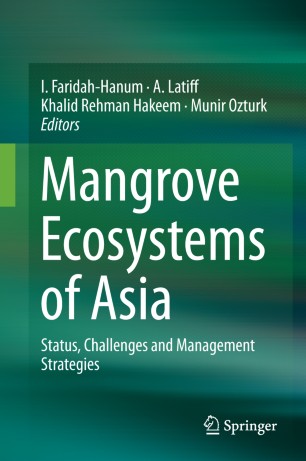Tree species are characterized by their perennial growth habit, woody morphology, long juvenile period phase, mostly outcrossing behaviour, highly heterozygosity genetic makeup, and relatively high genetic diversity. The economically important trees have been an integral part of the human life system due to their provision of timber, fruit, fodder, and medicinal and/or health benefits. Despite its widespread application in agriculture, industrial and medicinal values, the molecular aspects of key economic traits of many tree species remain largely unexplored. Over the past two decades, research on forest tree genomics has generally lagged behind that of other agronomic crops. Genomic research on trees is motivated by the need to support genetic improvement programmes mostly for food trees and timber, and develop diagnostic tools to assist in recommendation for optimum conservation, restoration and management of natural populations. Research on long-lived woody perennials is extending our molecular knowledge and understanding of complex life histories and adaptations to the environment, enriching a field that has traditionally drawn its biological inference from a few short-lived herbaceous species. These concerns have fostered research aimed at deciphering the genomic basis of complex traits that are related to the adaptive value of trees. This review summarizes the highlights of tree genomics and offers some priorities for accelerating progress in the next decade.
DOI:
https://doi.org/10.5716/WP2020050.PDF
Skor altmetrik:
Jumlah Kutipan Dimensi:


















